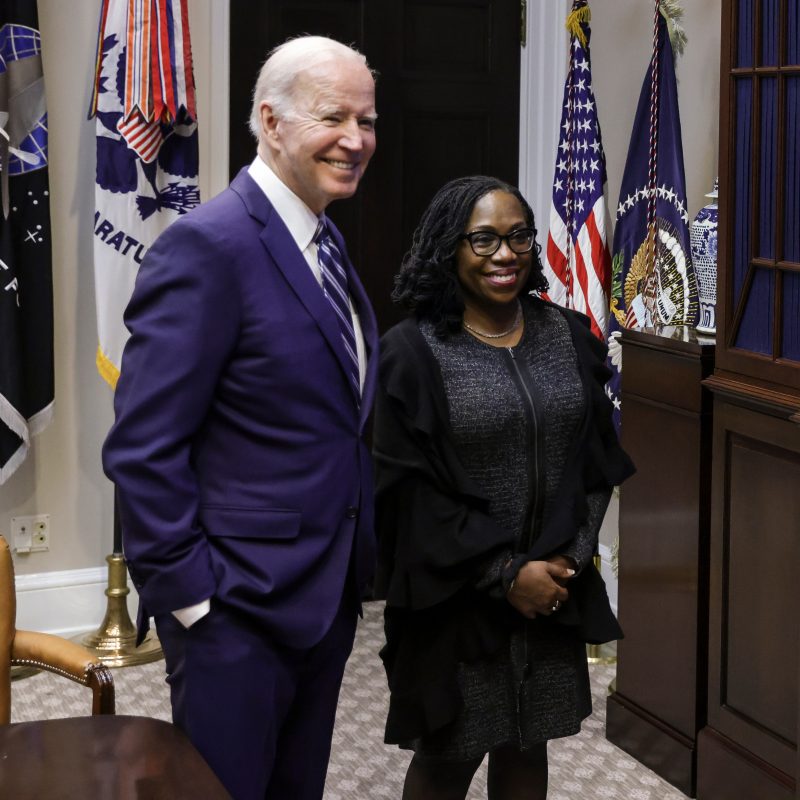Biden and The Potential for Supreme Court Reform
The United States Supreme Court has been a pillar of the nation’s legal system for over two centuries. Its power extends over issues ranging from civil liberties to social policies, making it a crucial institution in the American government. However, recent developments have ignited debates about the need for reform within the highest court of the land.
President Joe Biden’s administration has hinted at the possibility of endorsing significant reforms within the Supreme Court. Such reforms, if implemented, could mark a major shift in how the institution operates and its impact on American society.
One of the key areas where reform is being considered is the number of Supreme Court justices. Traditionally, the court has consisted of nine justices, a number that has remained unchanged since 1869. Some critics argue that this number is outdated and no longer reflects the complexity of modern legal issues.
Calls for increasing the number of Supreme Court justices, known as court-packing, have gained traction in recent years. Proponents argue that expanding the court could help balance its ideological makeup and ensure a fair representation of diverse viewpoints. However, opponents fear that such a move could undermine the court’s independence and politicize its decision-making process.
Another area of potential reform is the lifetime appointments of Supreme Court justices. Currently, justices serve on the court until they retire or pass away, giving them considerable influence over the nation’s laws for decades. Critics argue that lifetime appointments can lead to justices becoming out of touch with contemporary values and societal norms.
Proposals to implement term limits for Supreme Court justices have been put forward as a way to address this issue. By limiting justices’ terms to a set number of years, the court could benefit from a regular influx of fresh perspectives and prevent the consolidation of power in the hands of aging justices.
In addition to structural reforms, there is also discussion about increasing transparency within the Supreme Court. The court operates largely behind closed doors, with little public access to its deliberations and decision-making processes. Advocates for transparency argue that opening up the court’s proceedings to the public could enhance accountability and strengthen public trust in the institution.
As President Biden considers endorsing reforms within the Supreme Court, he faces a delicate balancing act. On one hand, the administration must address calls for change and modernization within the court. On the other hand, it must navigate the partisan divides and potential backlash that could arise from any significant reforms.
In conclusion, the potential for Supreme Court reform under the Biden administration represents a critical juncture in American legal history. How these reforms are designed and implemented could have far-reaching implications for the court’s role in shaping the nation’s laws and upholding justice for all Americans.
